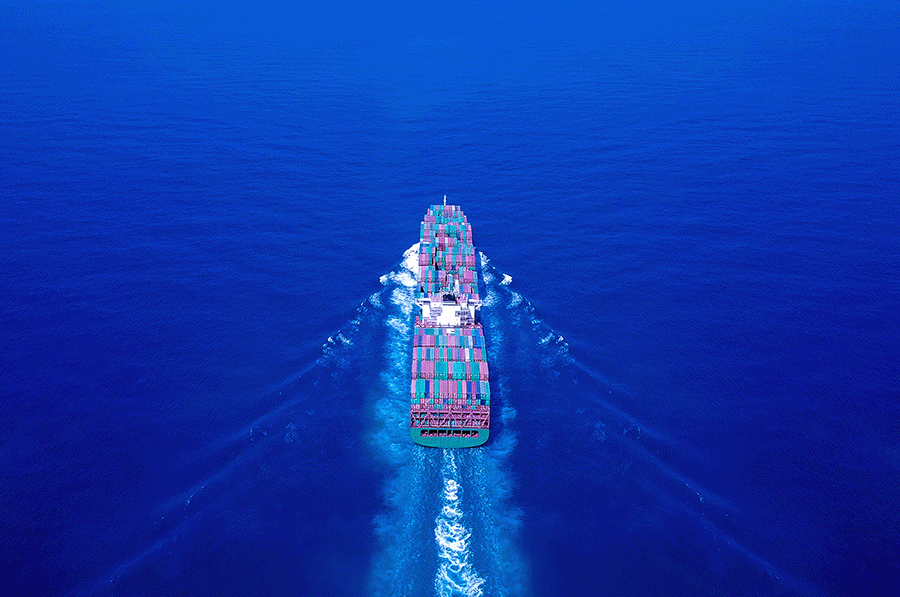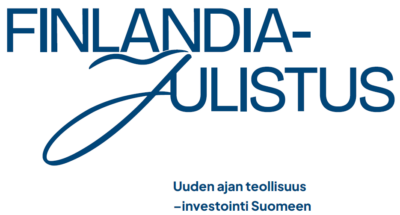Securing Industrial Competitiveness Enables Growth

The Finnish government’s 2025 budget negotiations did not bring about major surprises. The government aims to increase work incentives and balance public finances, as outlined in its program. This task is challenging, however, due to the enormous deficit and weak growth. The keys to growth lie in industry and exports, and safeguarding their competitiveness should be the government’s top priority.
In the big picture, the government is taking the right steps. Measures to improve public finances are mostly heading in the right direction. Despite adjustment measures, deficits remain substantial, with growing concerns particularly over the increasing costs of welfare regions.
The chemical industry welcomes the government’s actions to streamline and expedite permitting processes, including establishing a new agency for permits and supervision and promoting the so-called “one-stop-shop model”. Efficient permitting is crucial for securing investments and enhancing the attractiveness of the business environment.
– Ensuring sufficient resourcing for permitting is essential. If bottlenecks in major investments can be opened, the additional resources allocated to permitting authorities will pay off multiple times over, says Mika Aalto, Director General of the Chemical Industry Federation of Finland.
The chemical industry is pleased that the government will keep taking up measures aimed at growth. The previously decided increase in innovation funding to reach the target of 4% of GDP is a significant and necessary investment. The tax credit for large clean transition investments, which will come into effect in 2025, is also a welcome measure. It is crucial to keep the criteria for the credit comprehensive so that it best supports the clean transition of the industry.
Investments in reducing the maintenance backlog of routes crucial for industry are welcome. Unfortunately, from the perspective of industrial competitiveness, the decision to increase fairway dues by up to 70% is problematic. As much as 95% of Finland’s foreign trade is transported by sea, and the industry is entirely dependent on the functionality of maritime transport and sensitive to changes in its costs. The resulting decrease in export income could exceed the additional revenue these increases bring to the state budget.
– The rise in costs weakens the competitiveness of export industries in a situation where fairway dues are already among the highest in the region. According to its program, the government should aim not to increase industry costs through domestic decisions, says Aalto.
To safeguard the cost-competitiveness of the industry, the electrification subsidy should also be continued throughout the entire emissions trading period, until 2030. In Finland, this system, which offsets the indirect costs of emissions trading, is currently smaller than in other competing countries where it is applied, and it is set to end after 2025. Discontinuing the electrification subsidy would significantly weaken the competitive position of Finnish industry.
Strong and high-quality vocational education is crucial for the industry to meet its skills needs. Cuts targeted at vocational education raise concerns about its future viability. The chemical industry appreciates that cuts do not affect young people in basic vocational training. It is excellent that the decline in the standard of mathematical and scientific subjects is being addressed with an additional math lesson in basic education.




